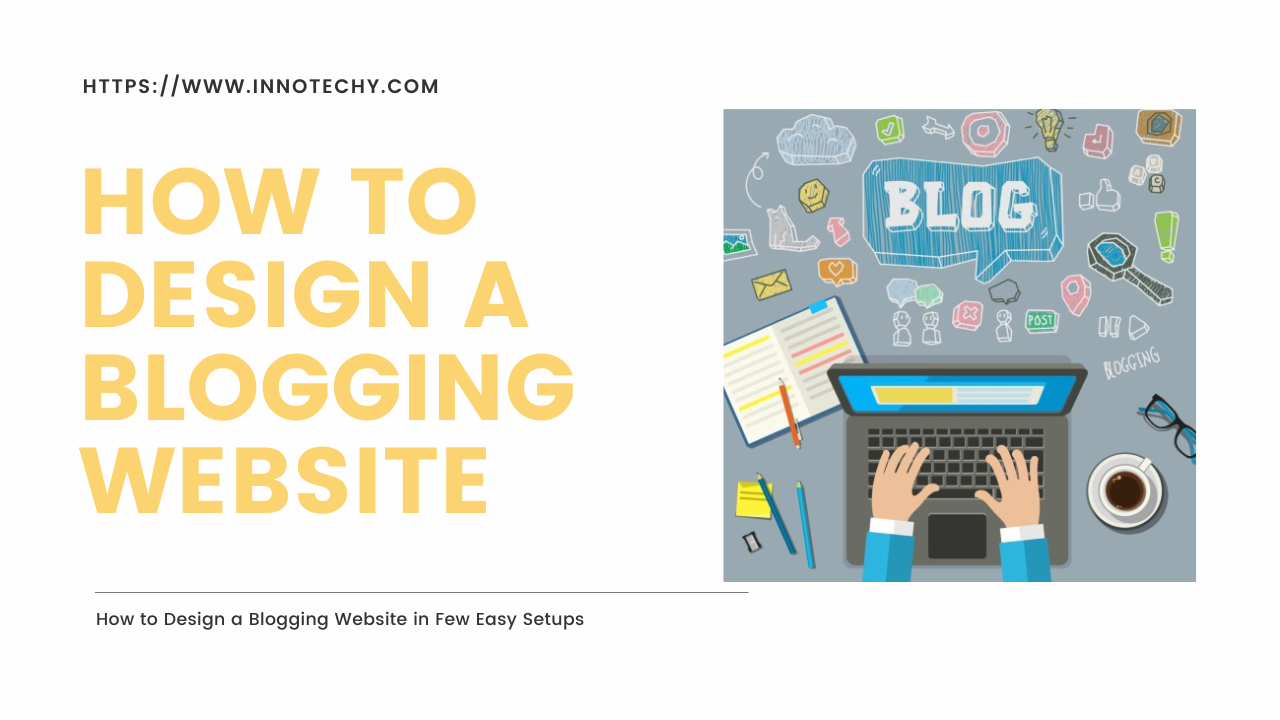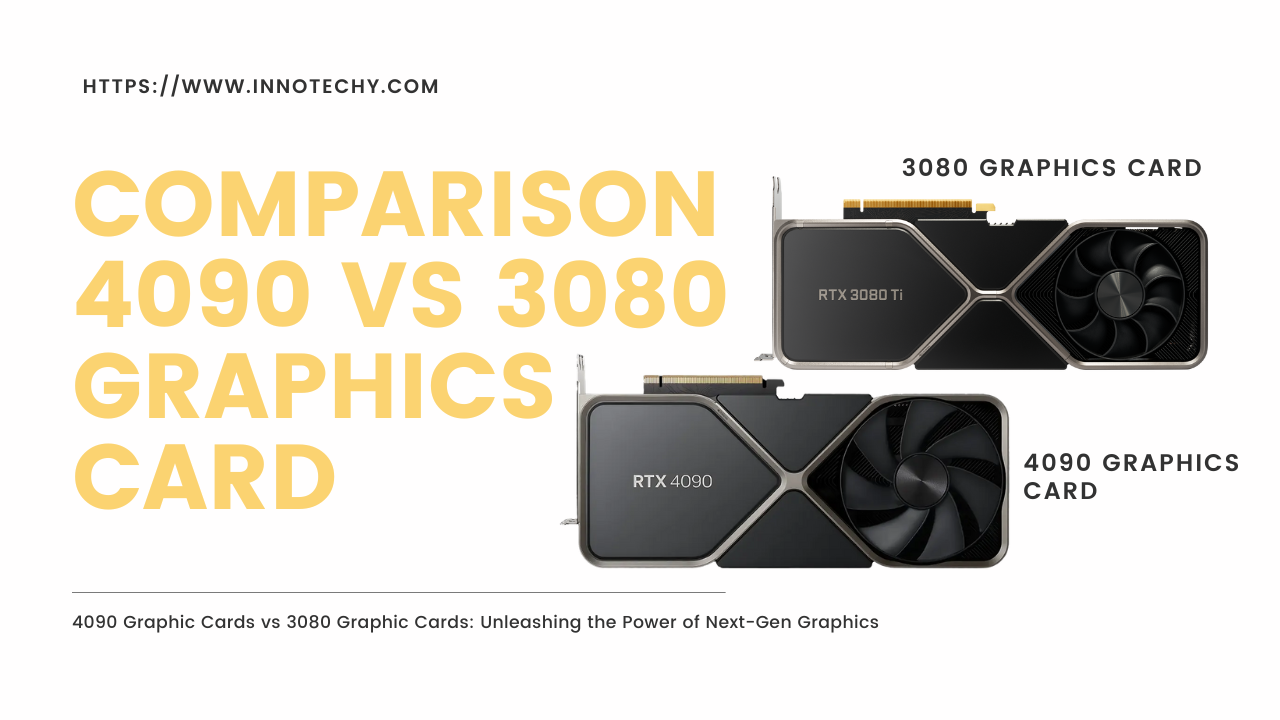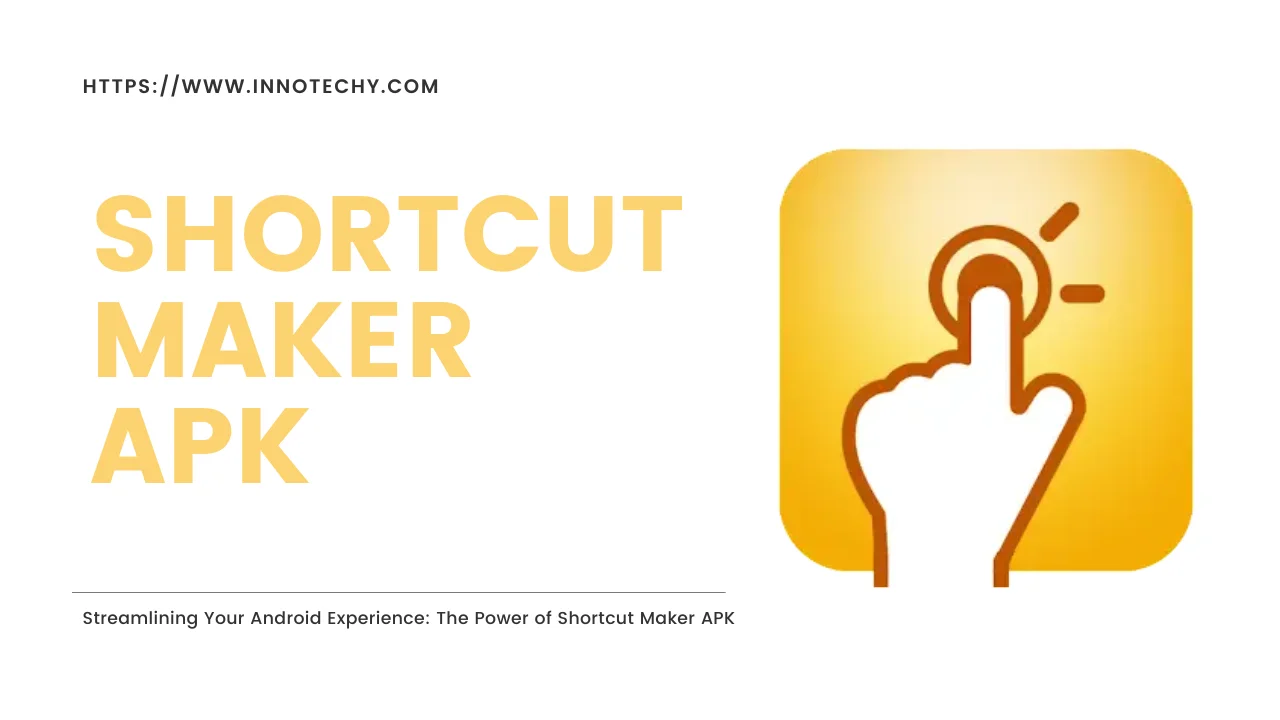Understanding Your Audience
The cornerstone of designing a successful blogging website is a thorough understanding of your target audience. Demographic research is pivotal in this process, as it allows you to clearly define who your readers are. Key demographic factors to consider include age, gender, interests, and online behaviors. By identifying these elements, you can create a more personalized and engaging experience for your visitors.

Creating reader personas is a strategic way to tailor your content and design elements to the needs and preferences of your audience. A reader persona is a semi-fictional representation of your ideal reader, based on real data and some select educated speculation about customer demographics, behaviors, and motivations. These personas help you visualize and empathize with your audience, making it easier to design a website that meets their expectations.
To gather valuable insights about your audience, various tools and methods can be employed. Surveys are a direct approach, allowing you to ask specific questions that yield detailed responses. Online surveys can be distributed through email campaigns or social media platforms to reach a broad audience. Analytics tools, such as Google Analytics, provide quantitative data about your website visitors, including their geographic location, time spent on the site, and most-visited pages. This data helps you understand which content is resonating with your audience and which areas need improvement.
Social media monitoring is another effective method for gaining audience insights. By tracking mentions, comments, and shares, you can gauge the interests and concerns of your audience. Social media platforms also offer built-in analytics tools that provide demographic information about your followers. Utilizing these tools allows you to refine your content strategy and website design to better align with your audience’s preferences.
In conclusion, understanding your audience is a critical step in designing a blogging website. Through demographic research, creating reader personas, and utilizing tools like surveys, analytics, and social media monitoring, you can gather the insights needed to create a website that resonates with your target audience and fosters engagement.
Choosing the Right Platform and Tools
When it comes to designing a blogging website, selecting the right platform is a critical decision that impacts the functionality and scalability of your site. Among the most popular platforms are WordPress, Blogger, and Medium, each offering distinct features tailored to various user needs. WordPress, known for its extensive customization options and a plethora of themes and plugins, offers a robust solution for those seeking high flexibility and control. Blogger, a Google service, provides a simpler interface and seamless integration with other Google products, making it a suitable choice for beginners. Meanwhile, Medium focuses on content creation and community engagement, offering a minimalist approach that appeals to writers who prioritize simplicity and audience reach.
In addition to selecting a platform, integrating essential tools and plugins is vital for enhancing your blogging website’s performance. SEO plugins, such as Yoast SEO or All in One SEO Pack for WordPress, are indispensable for optimizing your content and improving search engine rankings. Social sharing tools like Social Warfare or Monarch enable easy content sharing, expanding your reach across various social media platforms. Analytics plugins, including Google Analytics, provide valuable insights into your audience’s behavior, helping you tailor your content strategy. Security plugins, such as Wordfence or Sucuri, safeguard your site against threats and vulnerabilities, ensuring a secure digital environment.
Furthermore, the importance of hosting services and domain names cannot be overstated. A reliable hosting service guarantees uptime, speed, and customer support, which are crucial for maintaining a seamless user experience. Options such as Bluehost, SiteGround, or WP Engine offer various plans catering to different budgets and requirements. Choosing an appropriate domain name is equally significant; it should be memorable, relevant to your niche, and easy to spell. Utilizing services like GoDaddy or Namecheap can simplify the domain registration process.
By carefully selecting the right platform, tools, and hosting services, as well as a suitable domain name, you can lay a strong foundation for your blogging website, ensuring it meets both current needs and future growth potential.
Designing an Engaging User Interface
A well-designed user interface (UI) is crucial for enhancing user experience (UX) on your blogging website. One of the key principles to consider is simplicity. A clean and straightforward design helps users navigate your site effortlessly, ensuring they can find the content they are looking for without unnecessary distractions. This can be achieved by minimizing clutter and using whitespace effectively to create a balanced layout.
Readability is another essential factor. Choosing the right fonts is critical; opt for fonts that are easy to read across various devices and screen sizes. Sans-serif fonts are often preferred for digital content as they are more legible on screens. Additionally, consider the size and spacing of your text to ensure a comfortable reading experience. Line height and paragraph spacing should be optimized to avoid overwhelming the reader.
Consistency in design fosters familiarity and trust. Use a cohesive color scheme that aligns with your brand identity. Colors should not only be aesthetically pleasing but also functional. For instance, contrasting colors for text and background can significantly enhance readability. Furthermore, consistent use of colors, fonts, and layouts across different pages reinforces your brand’s visual identity.
Mobile responsiveness is paramount in today’s digital landscape. Ensure your website is fully responsive, meaning it adapts seamlessly to various screen sizes, from desktops to smartphones. This involves using flexible grid layouts, scalable images, and media queries in your CSS. A mobile-friendly design not only improves UX but also positively impacts your site’s search engine ranking.
Effective navigation design is vital for making your content easily accessible. Implement intuitive menus and categorization to guide users smoothly through your site. Use clear labels and logical groupings for your menu items. Internal linking is also beneficial, as it helps users discover related content and keeps them engaged longer. Breadcrumb navigation can further enhance UX by showing users their current location within the site structure.
Optimizing for Performance and SEO
In the realm of blogging, optimizing your website for performance and SEO is indispensable for attracting and retaining readers. A fast-loading site not only enhances user experience but also positively influences search engine rankings. To achieve optimal load times, consider employing image compression techniques. Tools like TinyPNG or JPEG-Optimizer can significantly reduce image file sizes without compromising quality, thereby speeding up page loading times.
Another effective strategy is implementing caching mechanisms. By storing frequently accessed data in a cache, you can reduce server load and improve response times. Utilize browser caching to save static files on users’ devices and server-side caching to store dynamic content. Additionally, minimize code by removing unnecessary characters, spaces, and comments. Tools like Minify and Uglify can help streamline your HTML, CSS, and JavaScript files.
SEO optimization is just as crucial. Begin with thorough keyword research to identify terms your target audience is searching for. Tools like Google Keyword Planner and Ahrefs can provide valuable insights into keyword volume and competition. Incorporate these keywords naturally into your content, titles, and meta descriptions to improve visibility. On-page SEO involves optimizing individual pages, including using header tags correctly, ensuring mobile-friendliness, and enhancing internal linking structures.
Creating high-quality content is paramount. Focus on producing informative, engaging, and original articles that provide value to your readers. Search engines reward content that answers users’ queries effectively. Regularly update your blog to keep it relevant and fresh, which can also boost your rankings.
Monitoring performance is essential for ongoing optimization. Use analytics tools like Google Analytics to track metrics such as page load times, bounce rates, and user engagement. This data will help you make informed decisions and continuously improve your site’s performance.
Lastly, prioritize security measures to protect your site and ensure a safe browsing experience for your users. Implement HTTPS to encrypt data, use strong passwords, and regularly update plugins and themes to prevent vulnerabilities. A secure website builds trust and credibility, fostering a loyal reader base.





